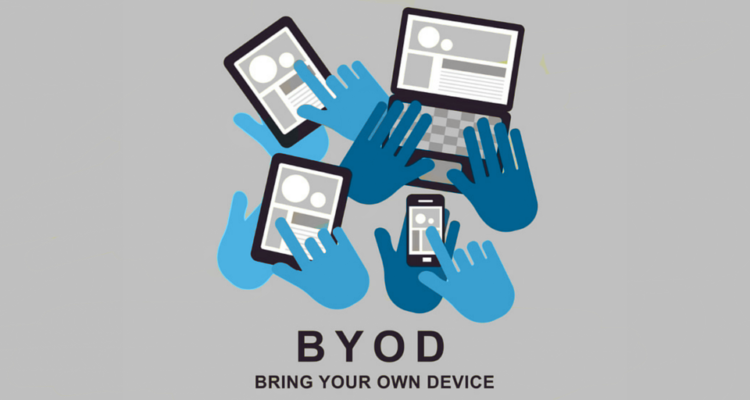As BYOD Popularize Information security is one of the most crucial considerations in enhancing the identity and access management (IAM) infrastructure as remote working becomes the new normal.
This is because businesses require a more effective defense against cyber-attacks, which are persistent and possibly disastrous. Cloud-based tools have become even more important for firms looking to shift to remote workers or offices. As a result, identity and access management (IAM) has become a mandatory security technique. IAM strategies that are effective can assist safeguard the organization while keeping things easy and straightforward for users.
Two-factor authentication and multi-factor authentication (MFA) are essential first steps in any security strategy. According to Microsoft research, simply having an active MFA in place can prevent 99.9% of account attacks.
Additional credentials, such as a security question or PIN, something a user has, such as a smart card or phone, or something a user is, such as biometric identification, are used to enhance levels of protection.
Passwords are still extremely susceptible. As a result, they’re frequently regarded as the weakest link in a company’s security. Weak or stolen passwords are thought to be used in 81 percent of hacking-related data breaches.
Using multi-factor authentication (MFA) in conjunction with a single sign-on (SSO) protocol can make everything more efficient and user-friendly. Additionally, as the company grows, it is critical to maintaining things as simple as possible in order to keep the additional remote workers safe.
Any SSO technology can generate many layers of protection by saving all of these logins so that only a trustworthy user needs to sign in once for the work session, for example, if a company employs a variety of cloud apps. However, in certain circumstances, such as odd activity or a new location, they will be asked to provide extra proof.
As a state of security for SMEs, minimizing hazards when employees can use their own devices is also required. These days, many workers rely on their own gadgets to complete professional responsibilities. Companies with a remote workforce, in particular, may want to use a BYOD (bring-your-own-device) security solution to ensure that personal devices on a company network are just as secure as company devices.
A successful BYOD policy frequently necessitates the installation of anti-malware and other security protocols on any device that accesses company data. It also necessitates that devices access company information through a specialized app rather than a browser, for example, in order to verify that the apps’ configurations are secure.
IAM is crucial in a BYOD world since these technologies may grade each security request based on a specific location, device, and other factors. The concept of “least privilege,” or limiting device access to only the data and apps required for workers to execute their tasks, is the most important security tactic.
In the event of a security breach, such a policy will reduce the damage. It also falls under the Zero Trust umbrella, a security concept that is becoming increasingly important in the cloud era.
BYOD goes hand in hand with using reliable mobile device management (MDM) procedures. MDM allows you to delete or pin lock stolen or lost devices, enforce compliance with your organization’s security infrastructure, remotely control the use of apps that provide you access to company resources, and simply onboard new devices into the system.
It goes without saying that addressing security threats across several platforms and devices without a unified strategy can be time-consuming. It’s important to remember that even passwords consume a lot of resources.
Password management and reset take a lot of time and work from IT workers, which costs money and results in missed productivity. Going passwordless allows businesses to enforce the highest levels of security while simplifying things for all users.
As a result, as businesses grow, they aim to maximize production while reducing costs. They’ve decided on a single approach that can ensure security despite all of the cloud apps and distant people involved in significantly assisting.
The trick is to combine complete software solutions with good MDM alternatives, MFA tools, and Zero Trust techniques. Some applications aid in the integration of all of these elements, allowing administrators to manage everything from a single platform and link it with overall security solutions.
Today, access management and an operational identity strategy are two of the most important actions that can be taken to improve a company’s security. Firms should begin by prioritizing data security, supporting remote users, and assisting the firm in growing and thriving.
Like this post? Checkout our Featured Stories Section






No Comments